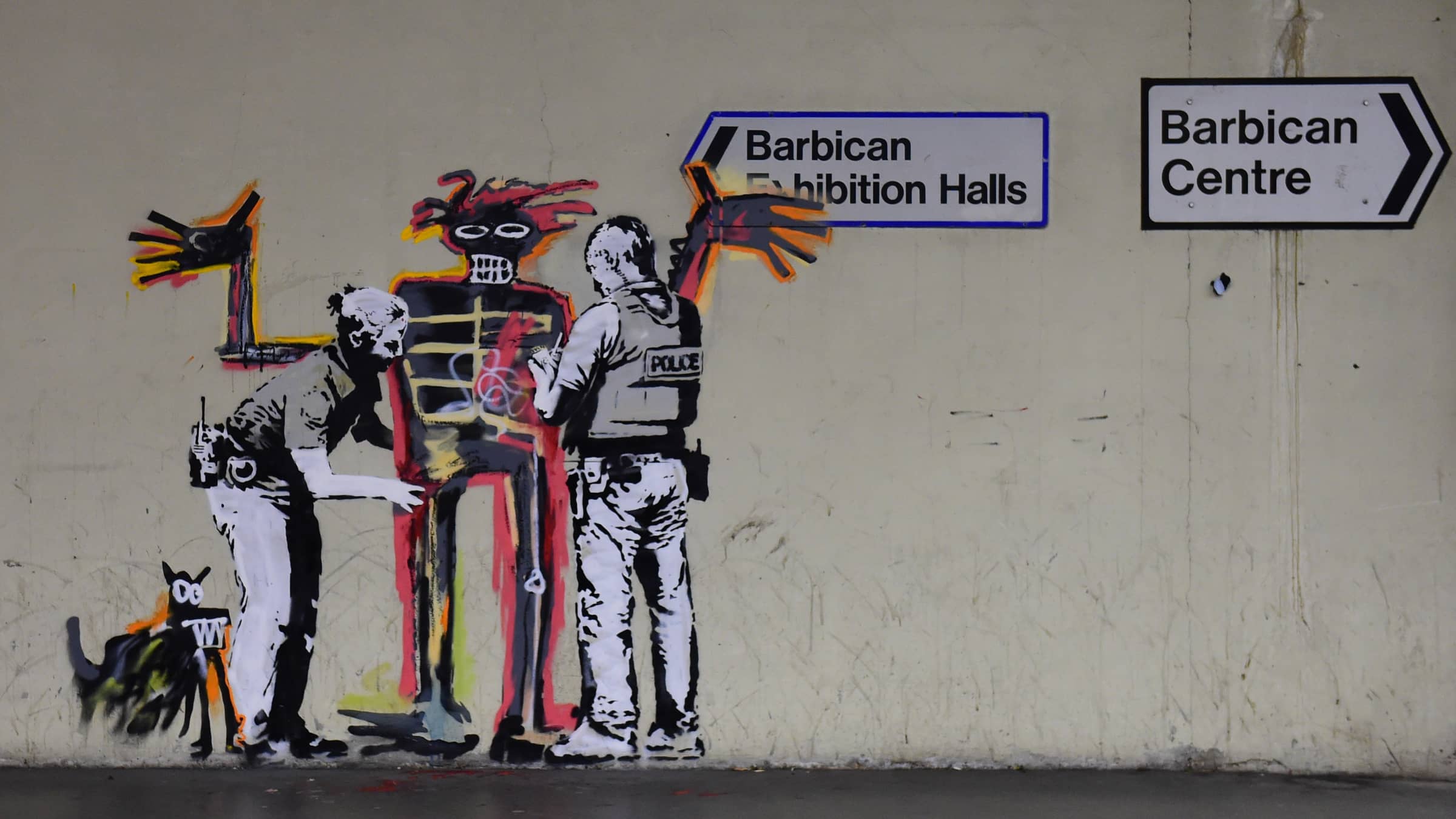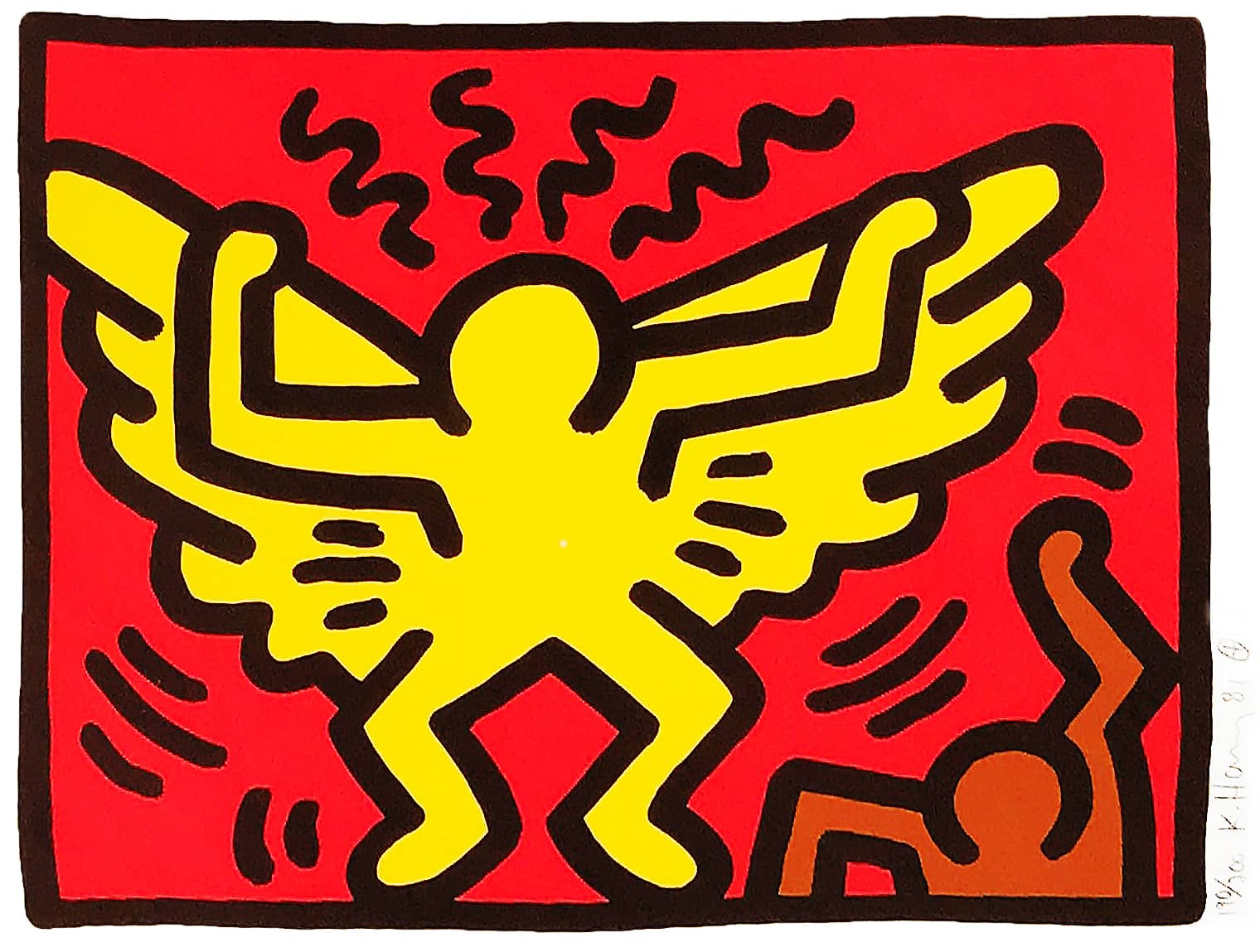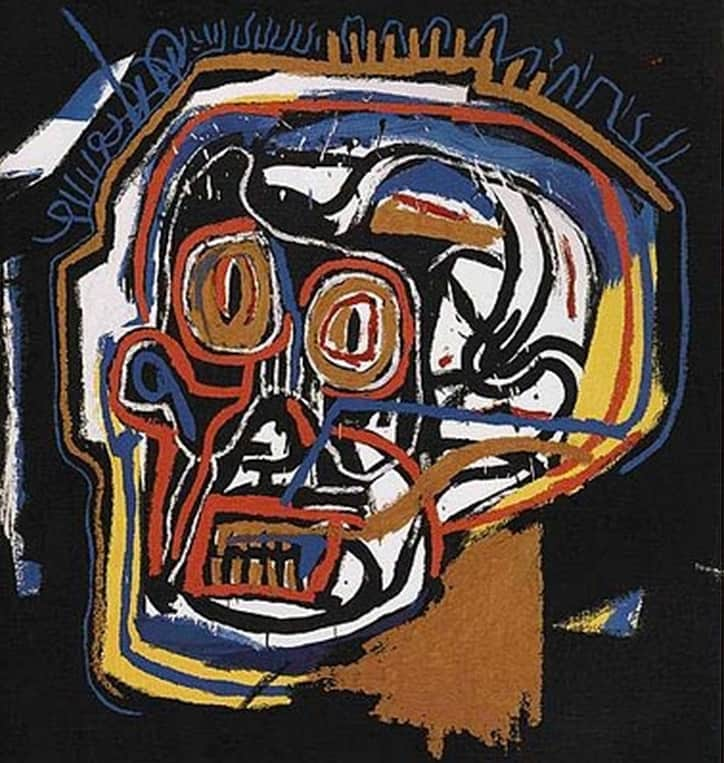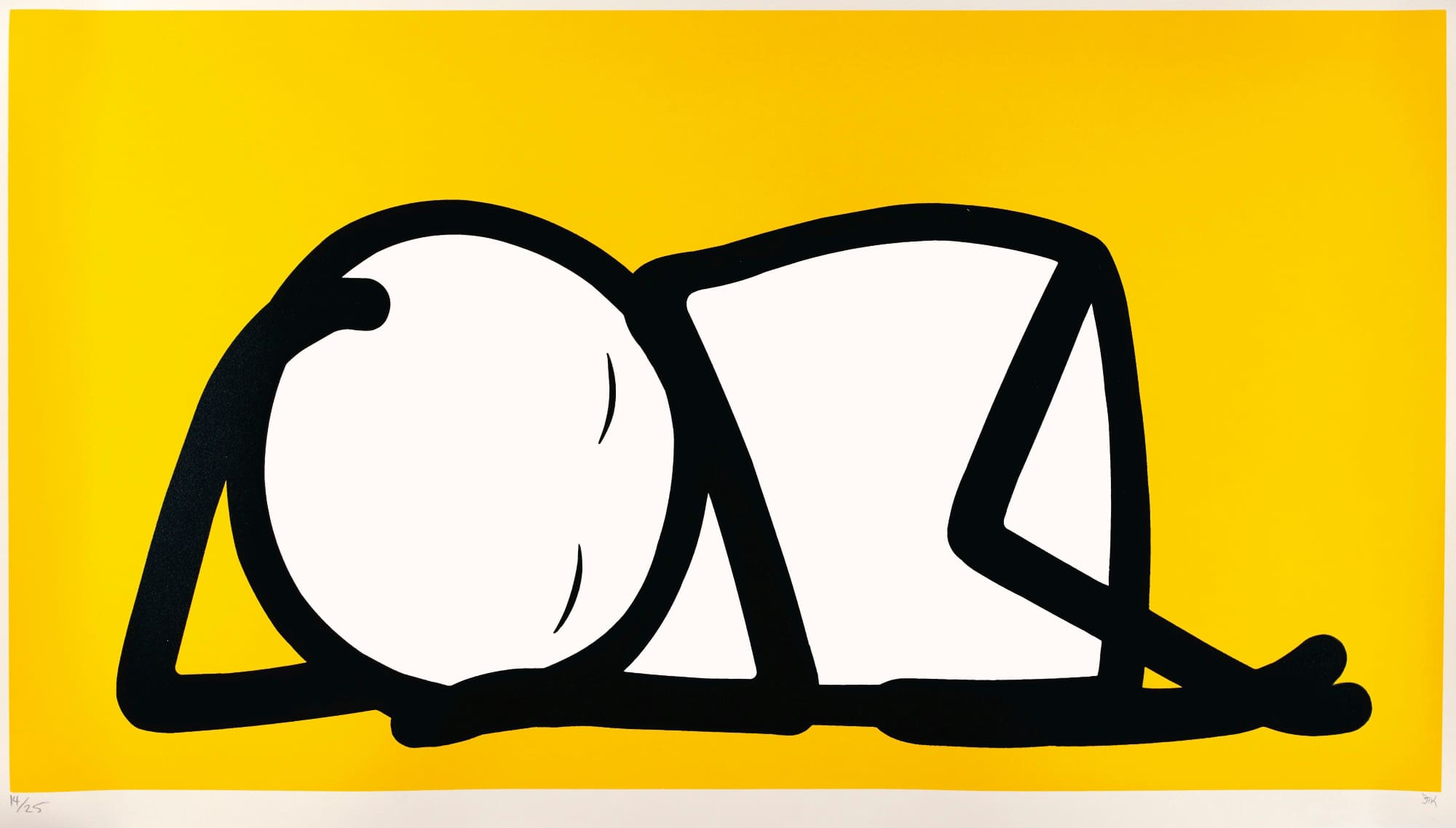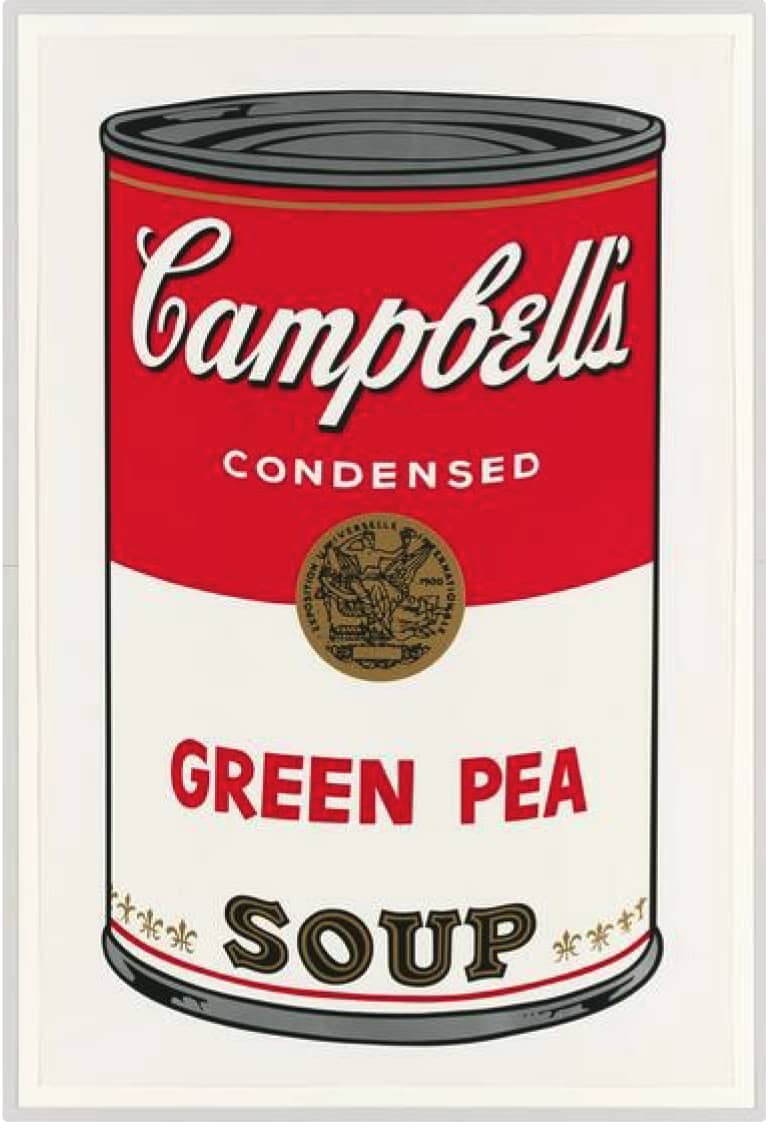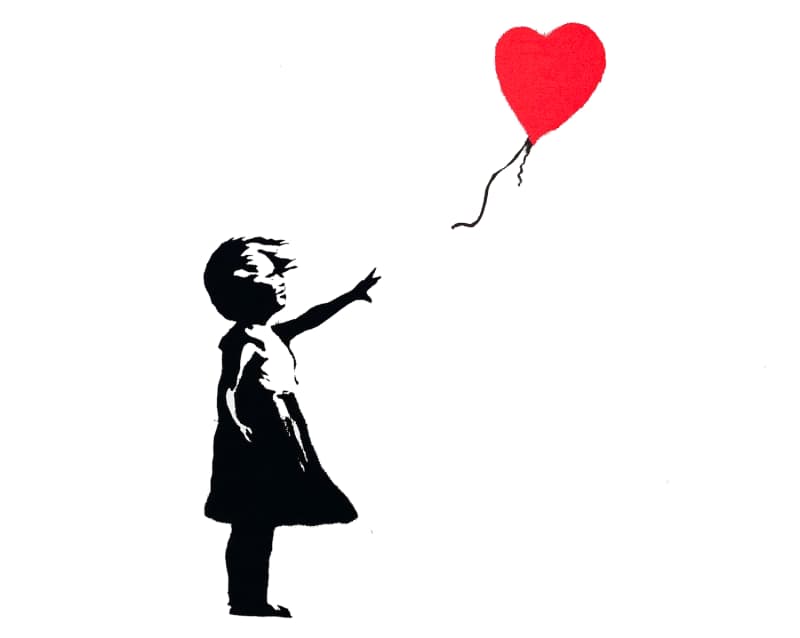From street artists to contemporary visionaries, we explore the artists who believe art is for the many, not the few.
Historically, the art world has garnered itself a reputation for being exclusive and elusive, a mystical market that is impenetrable by the masses. However, since the 1960s, this attitude has started to shift with artists and galleries alike focussing on accessible art that can be enjoyed by all. In light of this, we explore the key artists carrying the mantle for accessible art.
Keith Haring
Keith Haring famously stated that ‘art is for everybody’ and his short but illustrious career was testament to that fact. Creating artwork on subways and billboards, Haring made sure that everyone could enjoy his artwork and his bright palette and simple visual vocabulary meant that Haring’s work can be appreciated by both children and adults. Following his global success, the artist became concerned that his art was no longer available to a wide range of people, so in 1986, he created The Pop Shop. Situated in New York, The Pop Shop was an extension of Haring’s work, a fun boutique where novelty items covered in his artwork could be purchased. On the store, the artist reportedly noted “The Pop Shop makes my work accessible. It’s about participation on a big level”.
KEITH HARING, POP SHOP IV, 1989
Jean-Michel Basquiat
A contemporary of Haring, Basquiat also emerged from an era where artists were striving to create art that could be universally appreciated. Starting his career as half of the street artist duo SAMO, Basquiat’s artwork evolved from the graffiti style. Combining text with dynamic imagery, his work analyses structures of power, addressing themes of poverty, social responsibility and race. In the last few years of his life, the artist was even involved in Keith Haring’s Pop Shop, selling products emblazoned with his art that was affordable and could be purchased by the general public.
JEAN-MICHEL BASQUIAT, HEAD, 1983/2001
STIK
STIK first emerged on the art scene in 2001, painting socially conscious murals in his hometown of Hackney in East London. STIK reportedly states that his artwork is a way to ‘give back to the community’ that helped him, as years prior, he lived on the streets or in shelters. Unlike other street artists, instead of asking for the permission from the council to paint his murals, he asks for the permission of the surrounding community, ensuring that everyone will enjoy his artwork. Rejecting traditional art institutions, STIK creates art for the people and thanks to the simple construction of his figures, anyone can identify with his murals.
STIK, SLEEPING BABY YELLOW, 2015
Andy Warhol
Following the elitism the Abstract Expressionist movement brought to the American art scene, Andy Warhol’s approach to art was radical for its time. Synonymous with the pop art movement, a term that comes from the shortening of ‘popular art’, Warhol created screen prints and canvases that glorify the banal. From soup cans and Coca-Cola bottles to Marilyn Monroe and Mickey Mouse, for the first time, an artist was creating artworks with a visual lexis that was available to all. In fact, Warhol first launched his career in 1962 by dressing the window of Bonwit Teller & Co with his art. Available for all to see, Warhol’s art provided a vivid backdrop for the line of finely dressed mannequins, proving that like the clothes in the store window, art too could be appreciated by anyone.
ANDY WARHOL, GREEN PEA SOUP, 1968
Banksy
Known for his rejection of traditional approaches to the art market, Banksy is infamous for his satirical and political street art that often critiques institutions, both political and cultural. Commenting upon the exclusive nature of the art world, in 2007 Banksy even created a print entitled I Can't Believe You Morons Actually Buy This Shit, a reference to the astronomical prices some artworks go for at auction. Paradoxically, over the past decade, Banksy’s artwork has increased in value exponentially. Yet, the artist continues to create public murals, meaning that his artwork is available to everyone.
